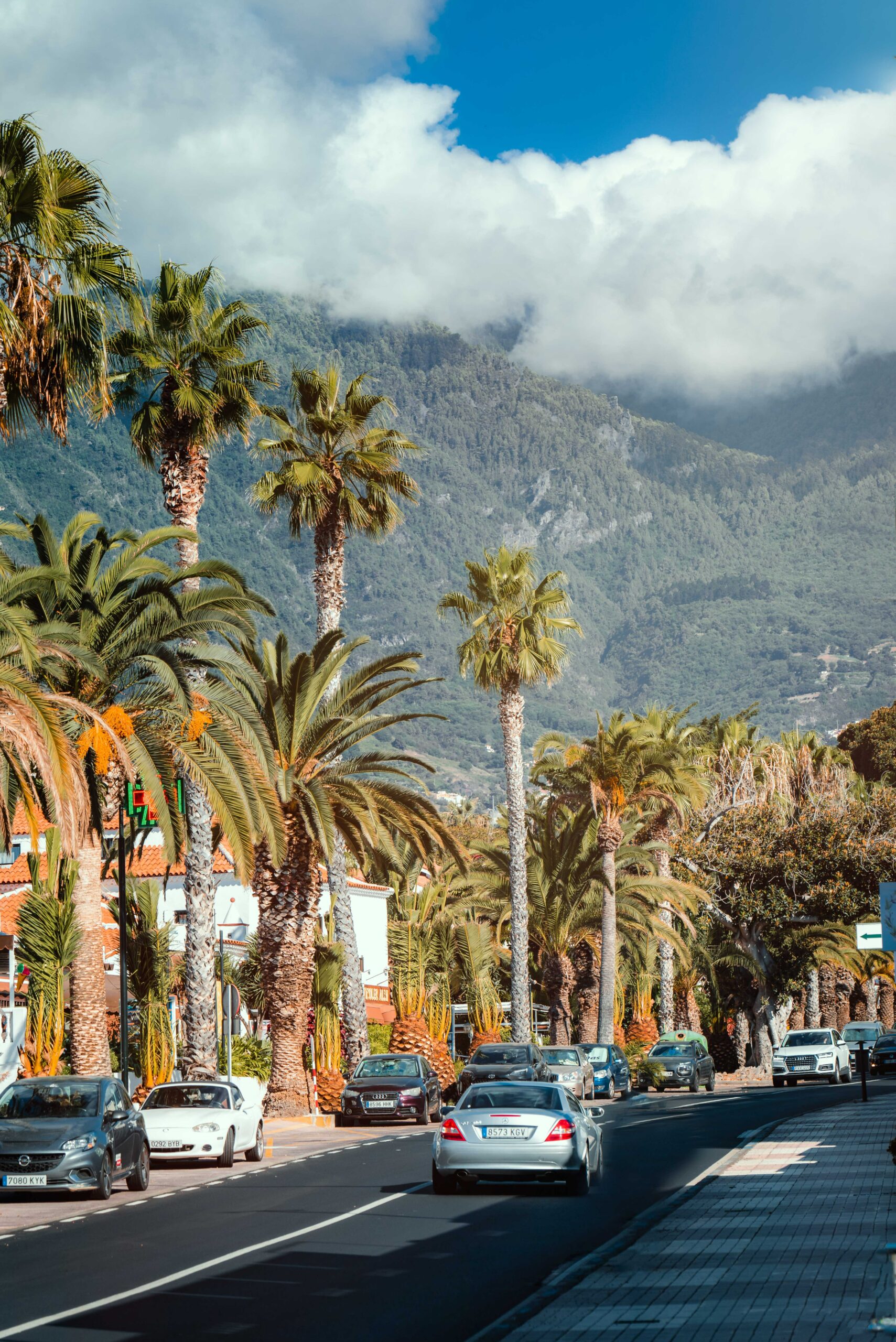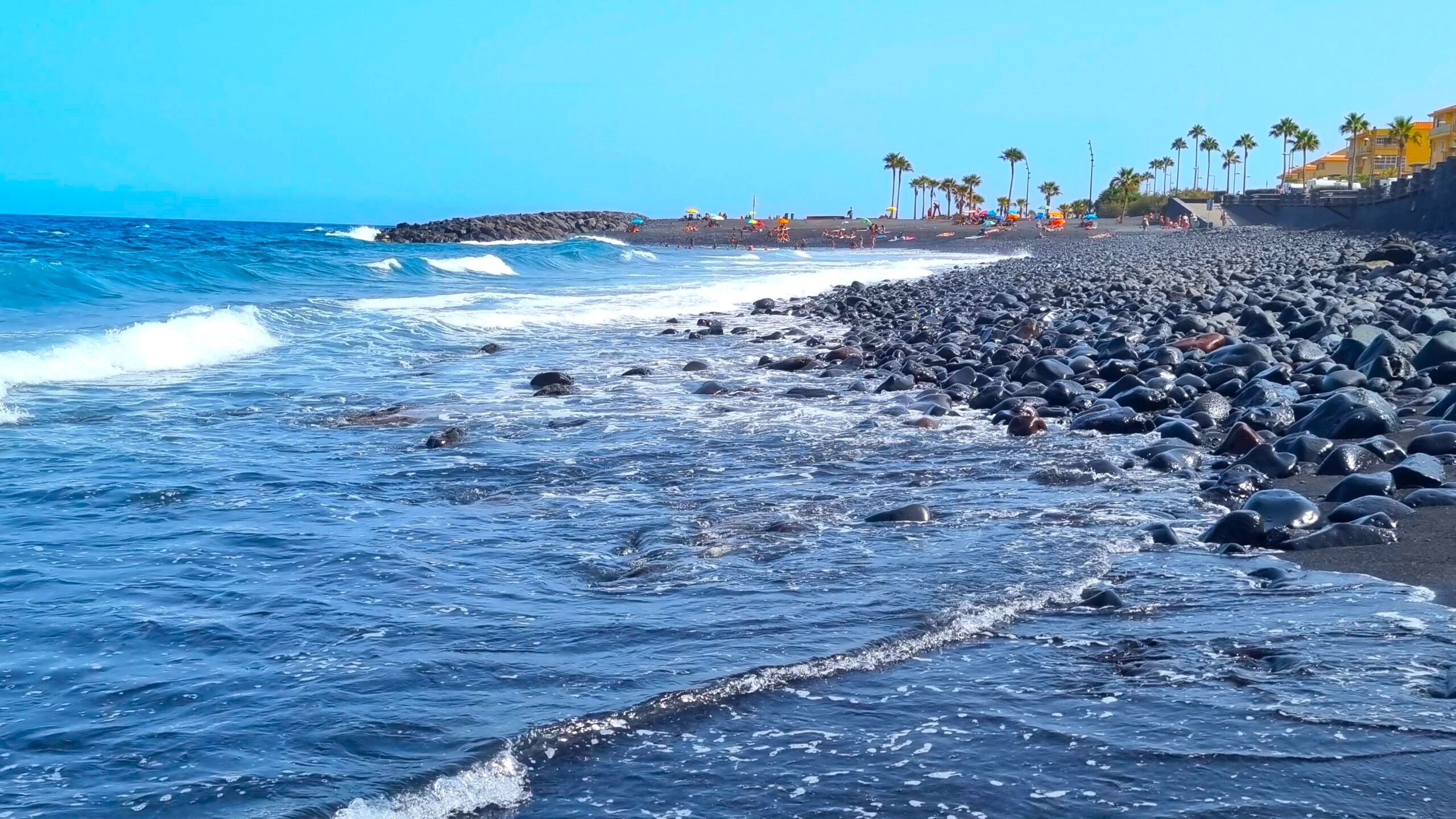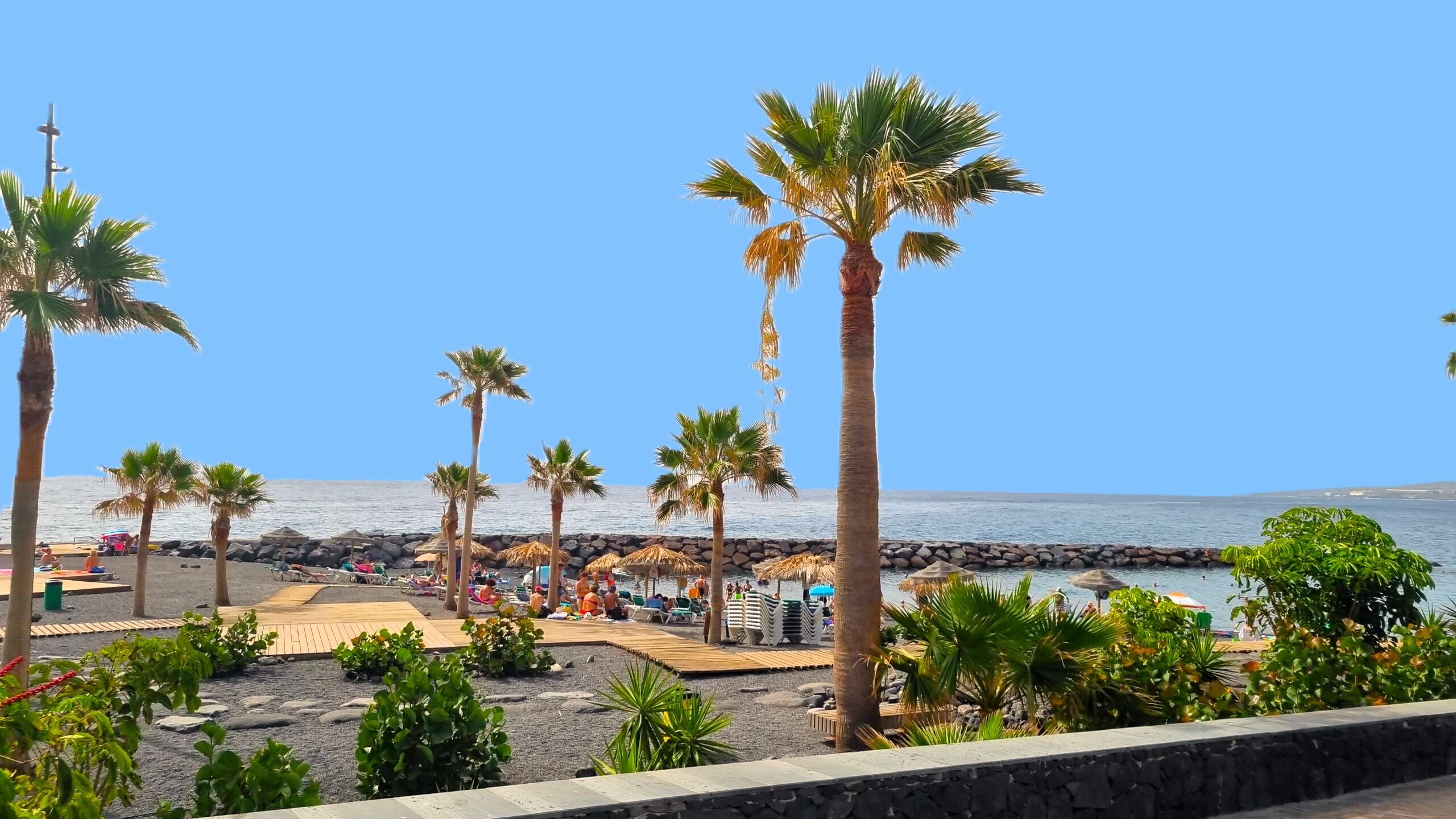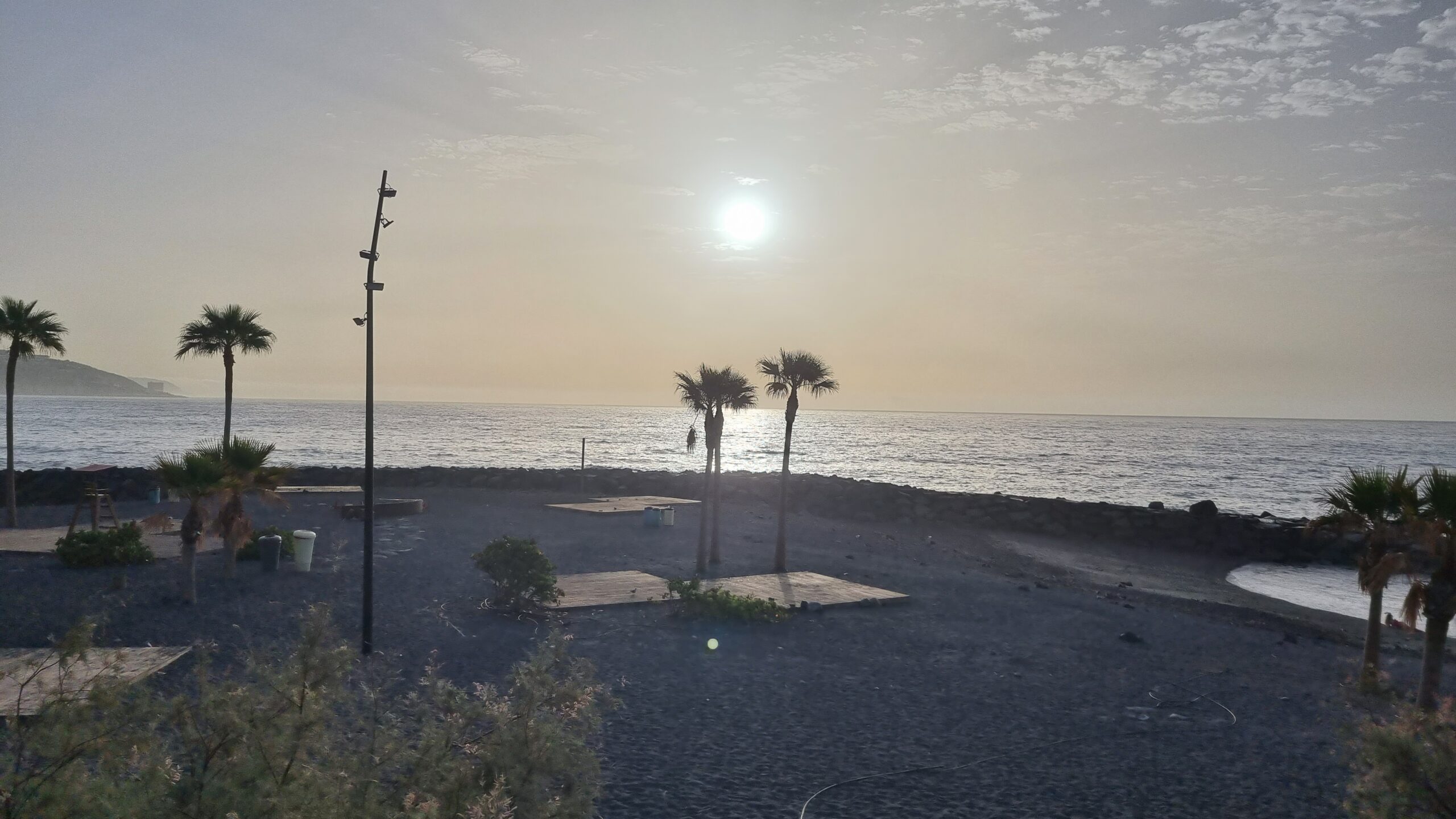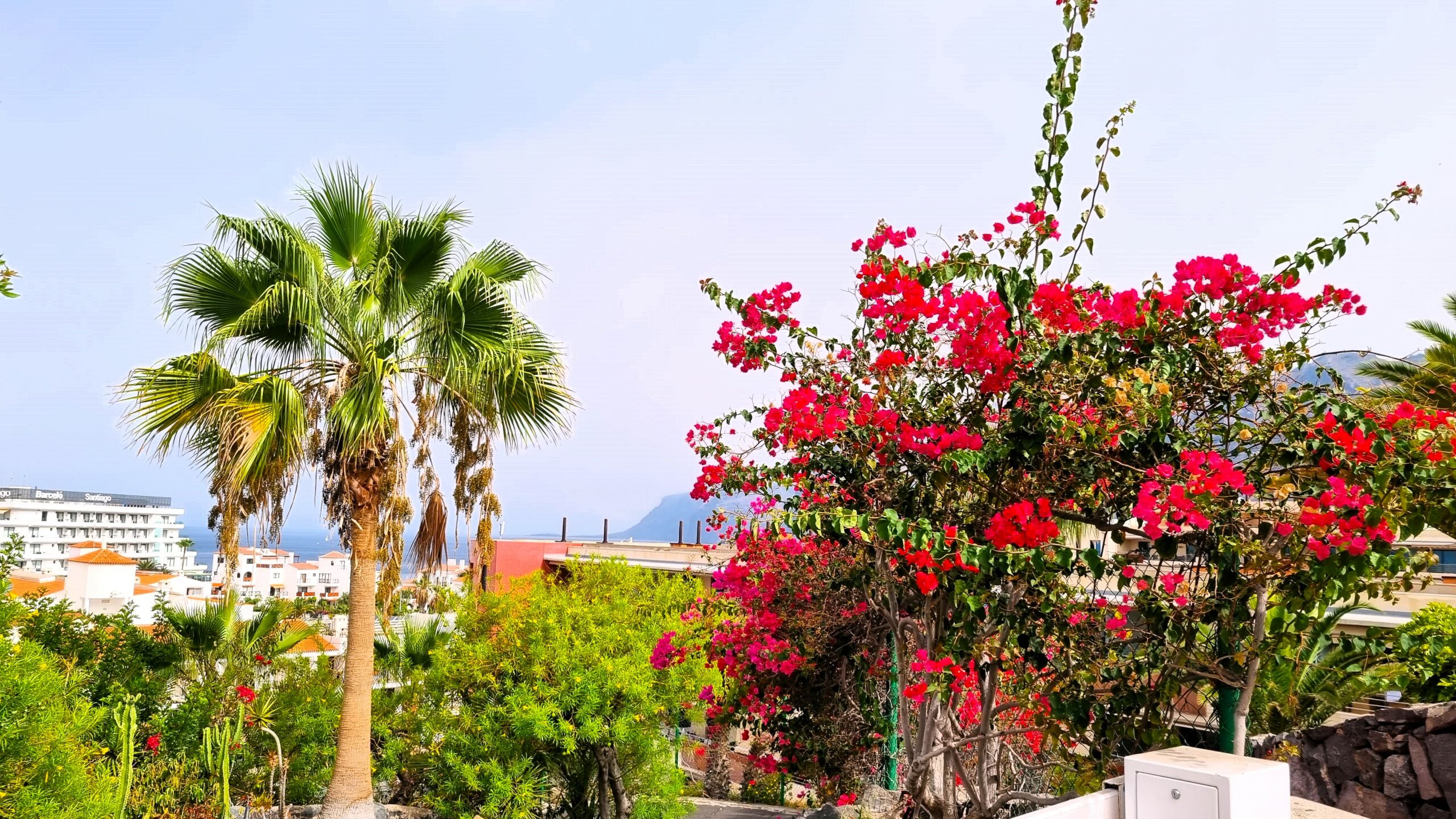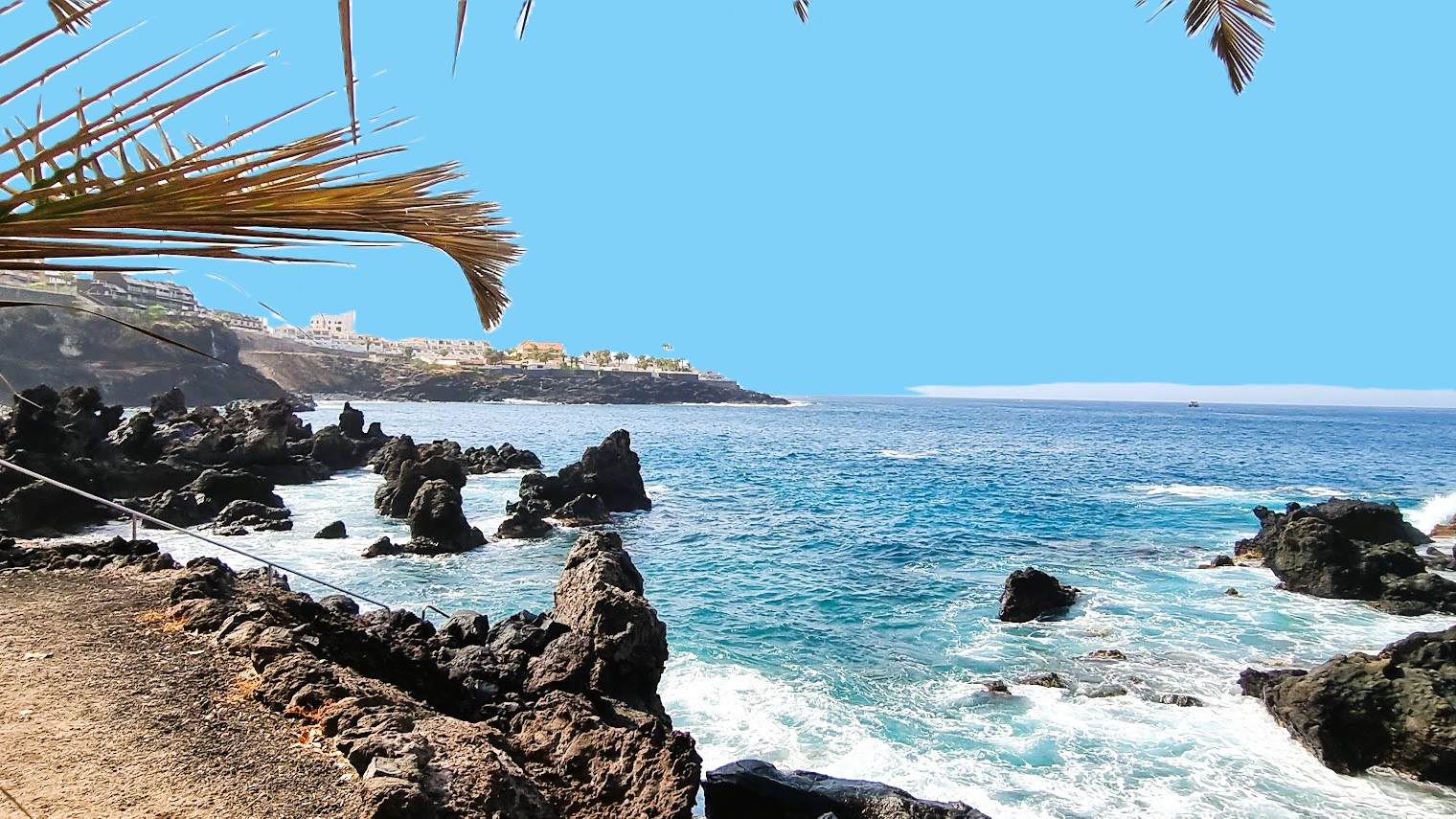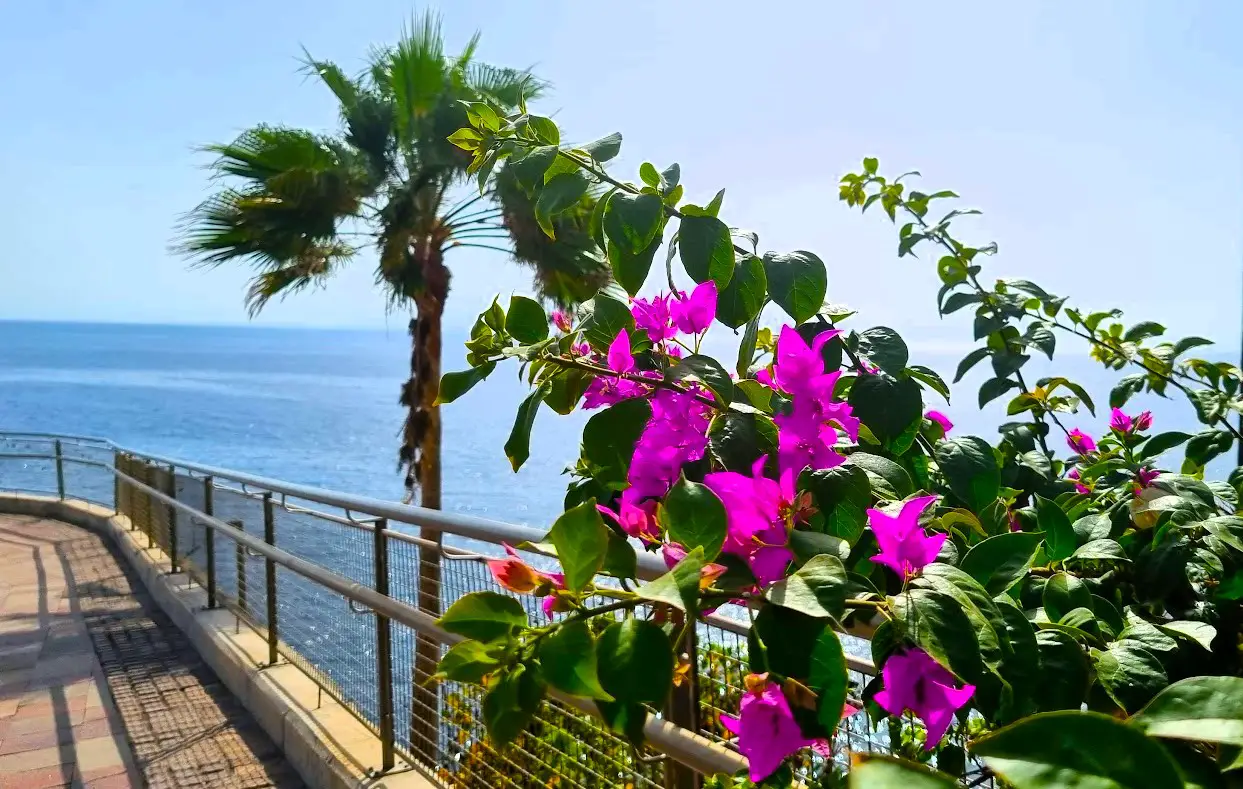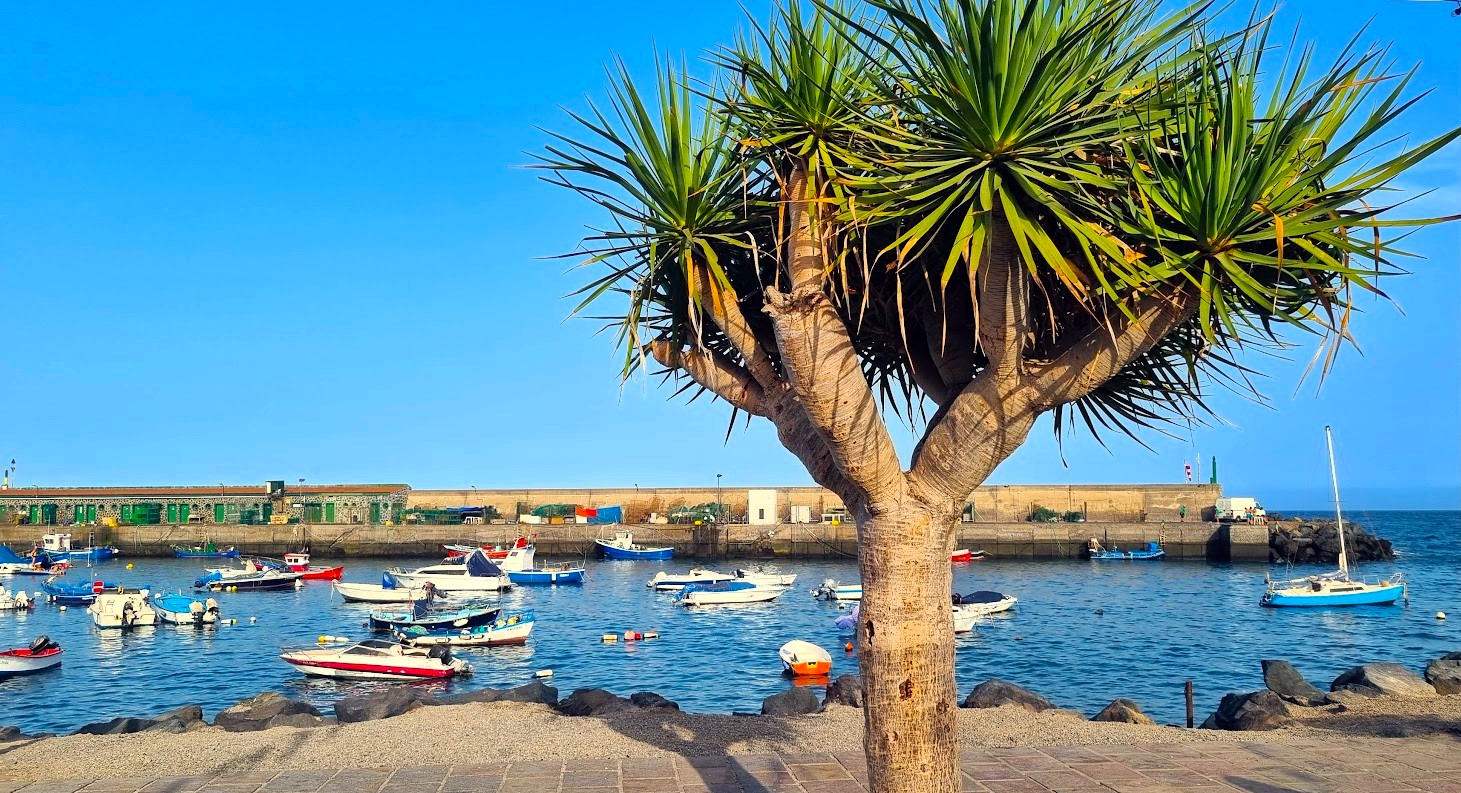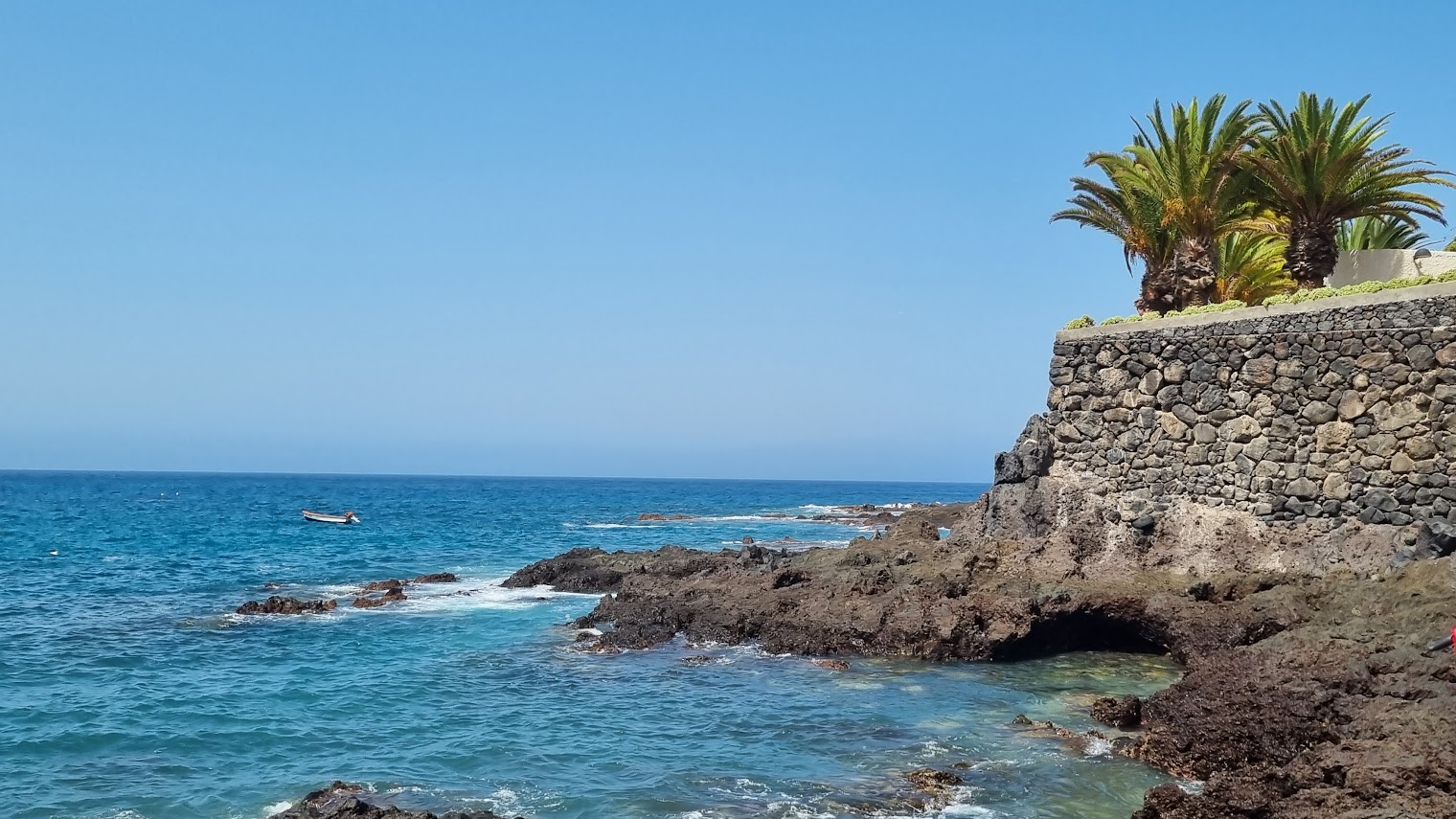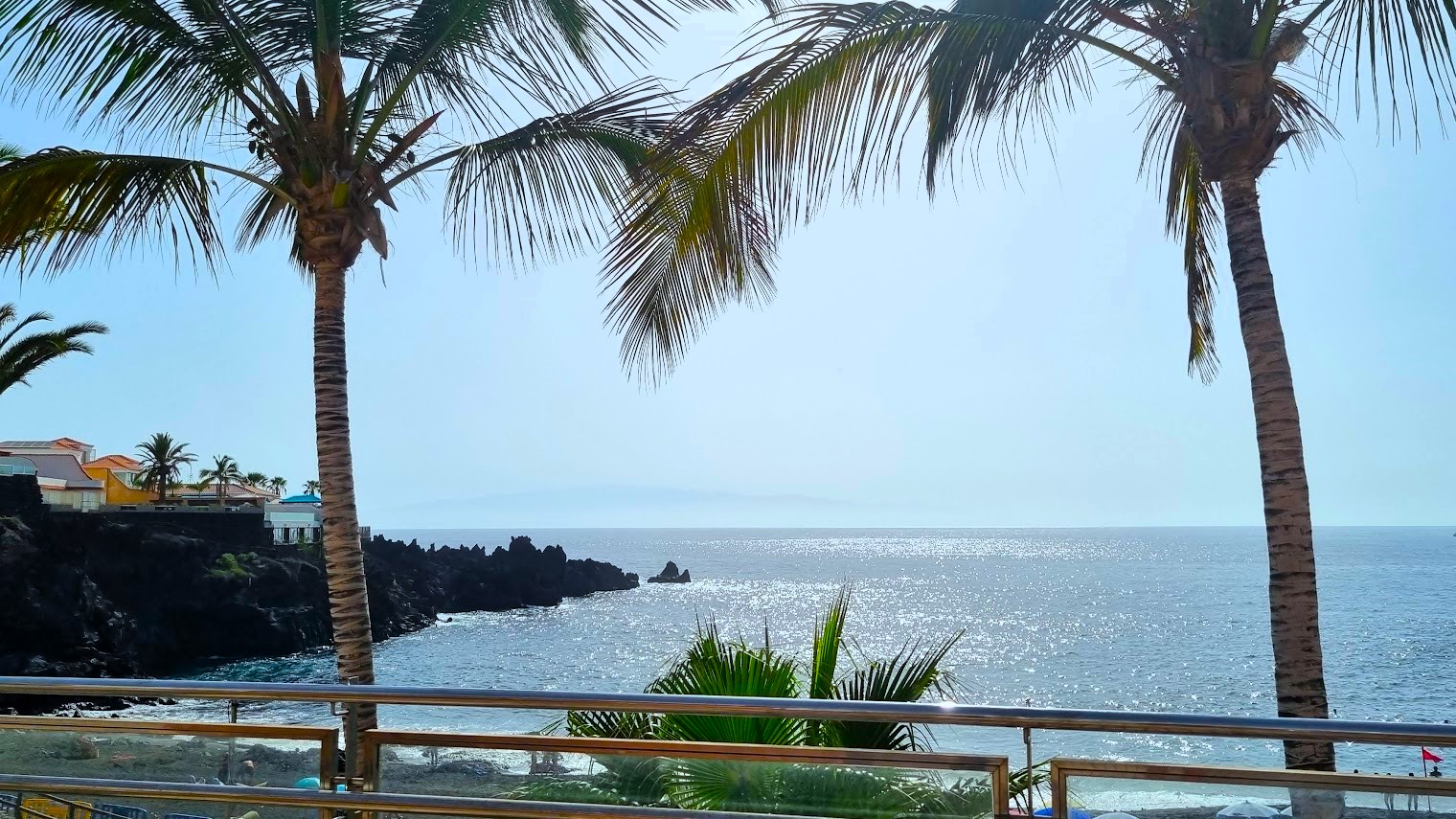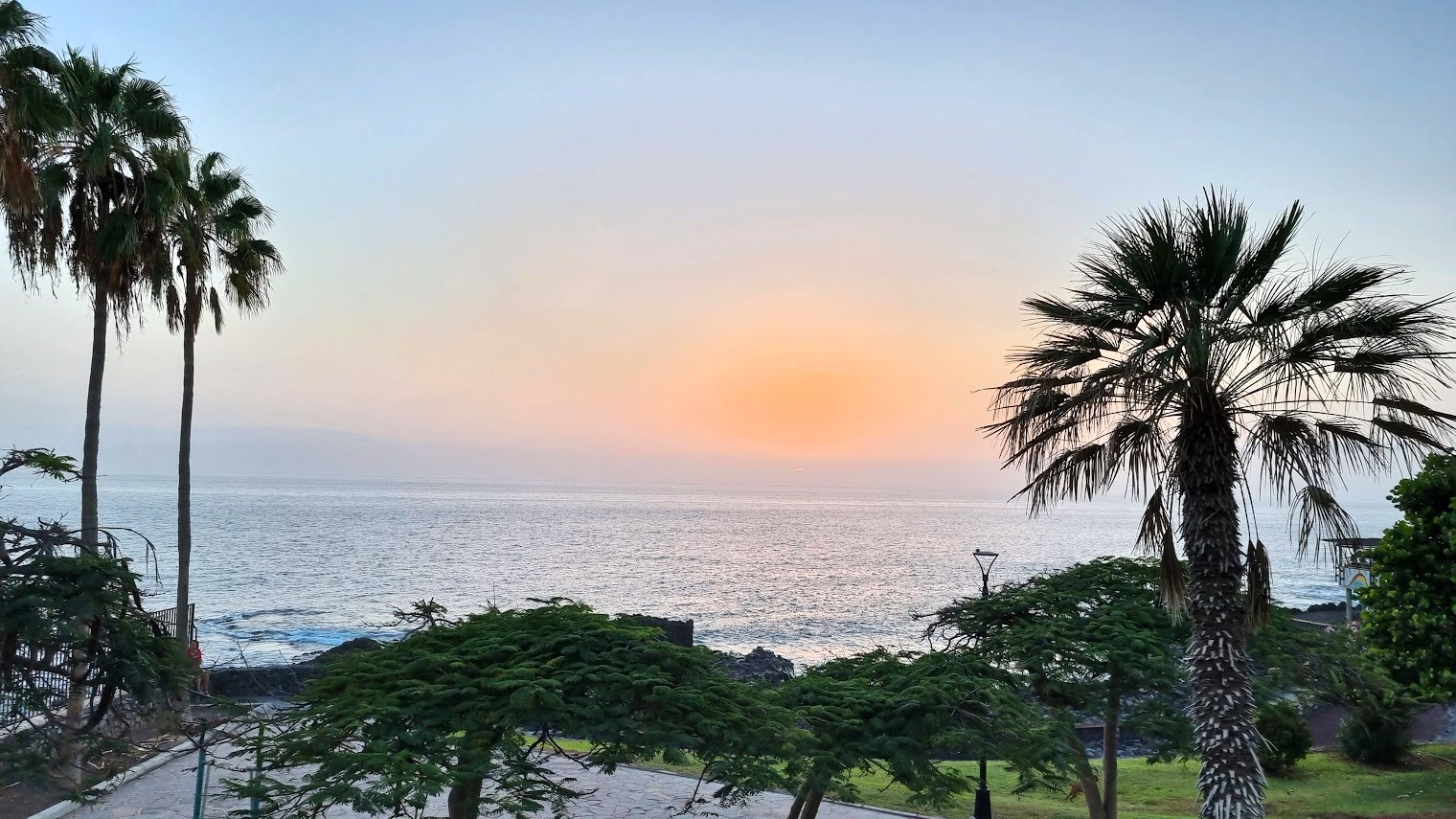Tenerife Weather in August
Tenerife’s climate is pleasantly warm all year round. The island is geographically close to the African continent and is situated at the same latitude as the Sahara Desert. Due to the northeasterly trade winds and the Canary Current, temperatures in Tenerife do not get quite as hot as on the North African mainland.
Microclimates in Tenerife
Due to its varied landscapes and topography, with mountains and coastal areas, Tenerife is characterised by diverse microclimates. This means that the weather, including temperatures, rainfall and wind can differ, depending on which part of the island you are visiting.
The information given on this page gives you an average across the island. If you are visiting the northern parts of the island and higher elevations, you may experience slightly cooler temperatures and more rainfall, while the southern coastal areas might be a little warmer and sunnier.
Temperatures in August
August is typically the hottest month in Tenerife. During this time, the island experiences peak summer temperatures.
Air Temperature
Daytime
On average, you can expect daytime temperatures to range from 25 to 31 degrees Celsius (77 to 88 degrees Fahrenheit).
Nighttime
Nighttime temperatures in August typically range from around 20 to 25 degrees Celsius (68 to 77 degrees Fahrenheit).
Sea Temperature
Sea temperatures in August are warm – ideal for swimming and water activities. Generally, the August sea temperature in Tenerife ranges from approximately 23 to 25 degrees Celsius (73 to 77 degrees Fahrenheit). Depending on your specific location and the surrounding ocean currents, the water temperature may vary slighty.
Sunshine
Daylight hours
The island gets around 12 to 13 hours of daylight per day in August.
Number of sunny days
Sunny days are the norm. On average, you can expect around 25 to 30 days of sunshine during the month.
UV-Index
The UV-index is a measure of the strength of ultraviolet (UV) radiation from the sun that reaches the Earth’s surface. It’s an important indicator of the potential for harm from unprotected sun exposure.
In Tenerife, the index is typically very high to extreme during the month of August – often in the range of 9 to 11 or even higher. It’s important to take precautions to protect your skin from the strong sun, such as using sunscreen with a high SPF, wearing protective clothing, and seeking shade during peak sunlight hours.
Rainfall in August
Tenerife generally experiences very low rainfall during the month of August, which is considered one of the driest months of the year. On average, the island receives minimal precipitation in the range of 1-5 millimeters (0.04 – 0.2 inches) or less during this time. While occasional brief showers or isolated rain events can occur, these are generally infrequent, and the overall weather pattern is characterised by warm temperatures, sunny days, and low precipitation.
Wind
The island experiences relatively calm and stable weather during the summer months. While there may be occasional breezes, especially in coastal areas, extreme wind conditions are not common in August. The southern parts of Tenerife, including popular tourist destinations, tend to be less windy compared to the northern regions, where the landscape can influence wind patterns.
What to Wear in Tenerife in August
In Tenerife during August, the weather is generally hot and sunny. Here are some clothing recommendations for your visit:
- Light and Breathable Clothing: For the high August temperatures, lightweight and breathable clothing is essential. Cotton and linen fabrics are good choices to keep you cool.
- Swimwear: Tenerife’s coastal areas and resorts offer plenty of opportunities for water activities, so make sure to pack your swimwear. You may also need sea shoes if you are planning to visit some of the many rock pools or rocky beaches.
- Sun Protection: Pack a wide-brimmed hat, sunglasses, and high SPF sunscreen to protect yourself from the strong sun. Consider clothing with UPF protection for added sun safety.
- Comfortable Footwear: Comfortable and breathable footwear is important, especially if you plan to explore the island. Sandals or breathable trainers are good options.
- Light Layers for Evenings: While daytime temperatures are high, evenings can be cooler. Consider bringing a light jumper or jacket for cooler evenings.
- Casual and Resort Wear: Tenerife is a popular tourist destination, and casual resort wear is generally acceptable in most places. You may want to bring some slightly dressier clothes if you are planning to dine in upscale restaurants or attend evening events.
Check the forecast
Before you set off on holiday, don’t forget to check the forecast for your travel dates to get the up-to-date information on temperatures and weather patterns during your stay in Tenerife.
Tenerife Climate and Weather throughout the Year
Please see the following pages for more information.
